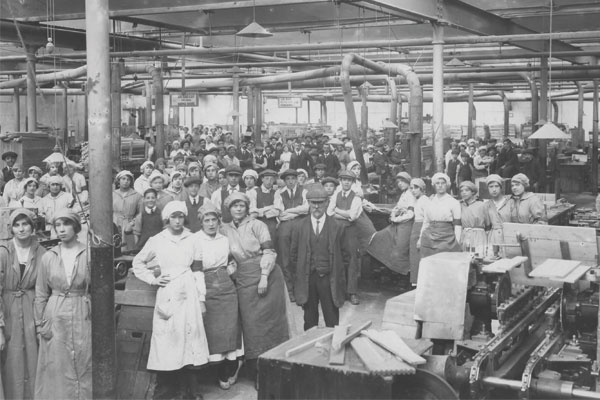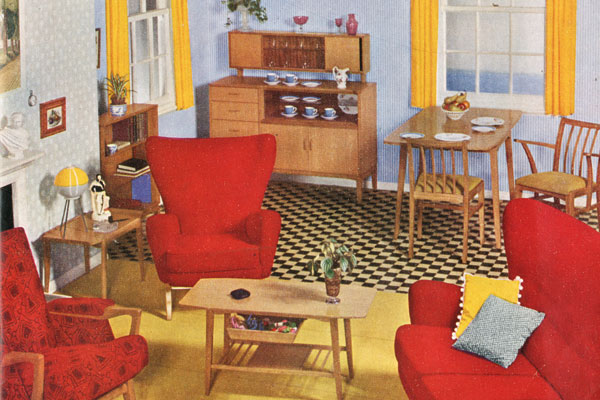About Hale Village > Heritage
Heritage
Industrial legacy
Tottenham Hale established a legacy as an industrial powerhouse more than a century ago, in large part due to the presence of the Harris Lebus factory – once declared the largest furniture manufacturer in the world. The family business built the factory on a 5.5-hectare greenfield site on the River Lee in 1900, having developed it in the East End of London over a period of more than half a century. At the height of its production, an item of Lebus furniture was a popular feature in homes throughout the country. Louis Lebus, who started the business, is regarded as one of the earliest Jewish immigrant furniture workers to have arrived in Britain, having come from Germany in the 1840s.
By 1857, he had set up a workshop to pursue his craft in Whitechapel. From this point, the Lebus furniture business enjoyed an extended period of growth, unhindered by the unfortunate death of Louis Lebus in 1879. Shortly after this time, the business was taken over by his 27-year-old son, Harris Lebus, who moved the firm again in 1885 to Tabernacle Street in Shoreditch, closer to a hub of furniture makers in east London. Upon building the factory in Tottenham Hale, Harris Lebus was employing in excess of a thousand people.
The new premises, by the River Lee, were built to cope with the huge levels of demand the company was now receiving from households and businesses throughout the country. Meanwhile, the Tabernacle Street premises were retained and converted into showrooms to display the company’s products. The success acted as a catalyst for other furniture companies to come to the region. These firms would soon come to establish themselves in the Lee Valley, where land was relatively cheap, and the riverside was in close proximity, enabling them to transport timber directly from the London Docks and store it in warehouses along the banks. At this time, as employees were still commuting from the East End to Tottenham Hale, Lebus encouraged the building of houses nearby, which contributed significantly to the growth of the area.


